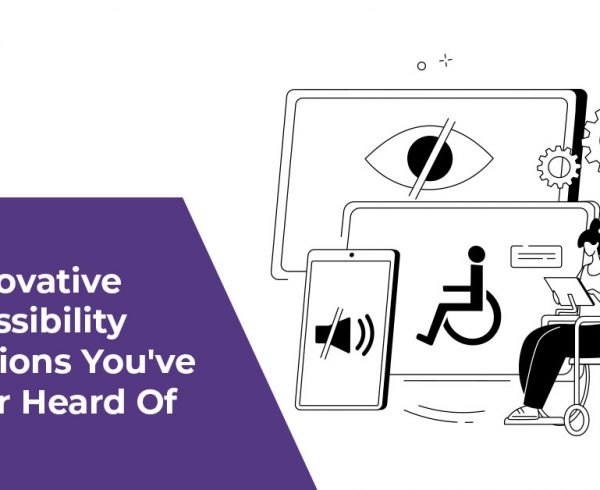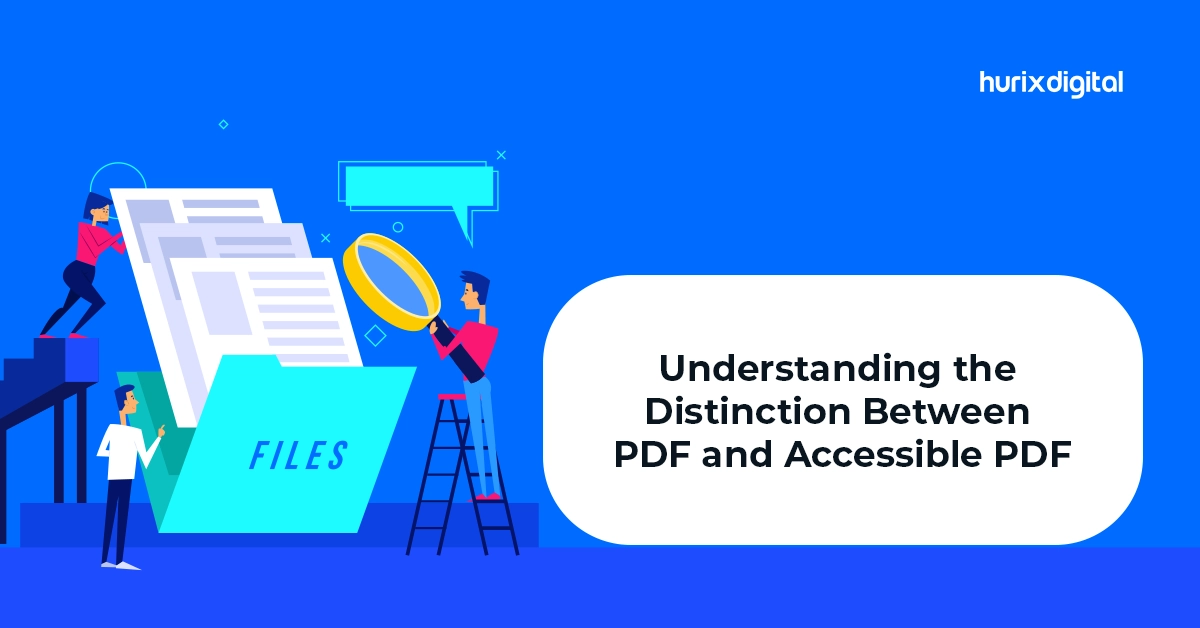Summary
This guide contains all you need to know about Canada's Accessibility Laws. It includes the Accessible Canada Act, the Accessibility for Ontarians with Disabilities Act, the Accessibility for Manitobans Act, the Accessibility for British Columbia Act, and the Canada Website Accessibility Standards.
Why do you think it is important to foster a society of inclusivity? It ensures that each individual, irrespective of social background, cultural roots, economic standing, and physical characteristics, is given an equal chance to participate and contribute meaningfully to society.
Individuals with physical disabilities often become victims of societal exclusion and stigmatization due to a lack of awareness and systematic barriers. Additionally, factors like architectural barriers, communication barriers, and attitudinal barriers also contribute to their discrimination.
In an attempt to dismantle these barriers and ensure equality for each individual, accessibility laws were introduced. The disability rights movement, legislative efforts, certain legal landmark cases, and changing social attitudes also contributed to the introduction and development of accessibility laws.
Table of Contents:
Canada Accessibility Laws
In the comprehensively curated guide mentioned below, we will tell you everything you need to know about Canada’s Accessibility Laws. Let’s get started.
1. Accessible Canada Act
The Accessible Act, or ACA, was passed on 21 June 2019 by the House of Commons and Senate of Canada. It is also known as Bill C-81 and aims to remove barriers people with disabilities face across various sectors in the country. The Canadian Survey on Disability reveals 22% of Canadians have at least one disability. Consequently, the ultimate aim of the bill is to ensure a barrier-free Canada by 2040.
The Accessible Act mandated all government and private sector organizations to publish progress reports regarding their plans to promote and promise accessibility. The Canadian Transportation Agency and Canadian Human Rights Commission were also mandated to implement mechanisms and indulge in strict monitoring to address accessibility barriers. Organizations and federal offices that fail to comply with the guidelines can face a fine of up to $250,000.
2. Accessibility for Ontarians with Disabilities Act (AODA)
The Accessibility for Ontarians with Disabilities Act was passed in 2005 to make Ontario fully accessible for differently abled individuals by 2025. This is a provisional applicable for government and privately run organizations in Ontario. The first and the most important standard developed under this Ontaria Accessibility Act mandated all organizations and individuals to provide reliable customer services to people with disabilities.
Another important regular under AODA is the Integrated Accessibility Standards Regulation (IASR) which is a comprehensive guideline. It combines all the accessibility standards, like transportation, information & communication, customer service, etc., under one regulation. Failure to comply with this act can result in a fine of up to $100,000 for organizations and $50,000 for individuals.
3. Nova Scotia Accessibility Act
The Nova Scotia Accessibility Act was passed by the government of Nova Scotia in 2017 to make the province barrier-free for disabled individuals by 2030. The major accessibility standards addressed by the act included goods & services, IT & communication, transportation, employment, education, and built environment.
The Nova Scotia Accessibility Act also focuses on implementing WCAG 2.0 AA requirements through more inclusive websites. Failure to comply with this act results in a fine of up to $250,000. To help organizations and web developers improve web accessibility and avoid penalties, the Nova Scotia government offers various grants and stipends.
4. Accessibility for Manitobans Act
The Accessibility for Manitobans Act, or AMA, was passed in December 2013 to improve inclusivity for differently abled individuals in Manitoba by 2023. The act focused on five fundamental areas of daily life and public spaces: customer service, employment, IT & communication, design of public spaces, and transportation.
The Accessibility for Manitobans Act strongly bases itself on the requirements of the Manitoba Human Rights Code. The code includes equal opportunity, full economic independence, and social integration for all individuals. To verify the act’s effectiveness, AMA mandates a comprehensive review every five years by the minister of the AMA.
5. Accessible British Columbia Act
The British Columbia Act, also known as Bill 6, was implemented in 2021 to remove each barrier that impedes equal participation in society of people with disabilities. It focused on barriers caused by technology, architecture, policies, societal attitudes, and environments. Like other Canada Accessibility Acts, Bill 6 mandates a comprehensive review of the act regularly. The first independent review of the act is to be conducted by 31 March 2026.
Under the act, the organizations are directed to develop robust inclusivity, keeping the six major principles in mind: inclusion, adaptability, diversity, collaboration, self-determination, and universal design. The bill also officially recognized American Sign Language and Indigenous Sign Language to promote accessibility for disabled individuals.
Also Read: Prioritize Web Accessibility with Website Redesign & Corporate Rebrand
Canada Website Accessibility Standards
Canada Accessibility Standards for the Web, passed in 2011, mandated all Canadian websites and mobile applications to strictly follow WCAG 2.0 level AA requirements. WCAG has three conformance levels, Level A (minimum compliance), Level AA (moderate compliance), and Level AAA (maximum compliance).
The WCAG website compliance standard also took into its ambit all the acts mentioned above and a few more:
- Accessible Canada Act (ACA)
- Accessibility for Ontarians with Disabilities Act (AODA)
- Nova Scotia Accessibility Act
- Accessibility for Manitobans Act
- Accessible British Columbia Act
- Quebec’s Respecting Equal Access to Employment in Public Bodies
To comply with Canada Accessibility Standards, all businesses, corporations, organizations, and government agencies should follow the web content accessibility guides (WCAG) laid out by W3C. W3C, or Worldwide Consortium, is an international community founded by Tim Berners Lee in 1994 to create universal web accessibility standards and guidelines promising accessibility, usability, and compatibility to all users.
The four pillars of WCAG 2.0 are perceivable, operable, understandable, and robust, collectively referred to as POUR. They ensure all digital platforms are accessible to everyone and that users can understand information in a comprehendible manner.
Also Read: AI & Accessibility: Is AI-Generated Content Bad for Accessibility?
Wrapping Up
The sooner countries adopt accessibility standards, the better they will be able to contribute positively to the life of individuals with disabilities. Proper accessibility and inclusion is a right each individual should have, regardless of their abilities. If you want to know more about Canada Accessibility Act, you can visit the official Canada Accessibility Act Website.
If you need to incorporate web accessibility guidelines into your website or do web accessibility testing, you can reach out to us HurixDigital. We are one of the leading digital solutions platforms and can fulfill all your accessibility needs. Some of our globally known clients are Ikea, Cambridge University Press, Deloitte, and many others.
Reach out to our experts today.











